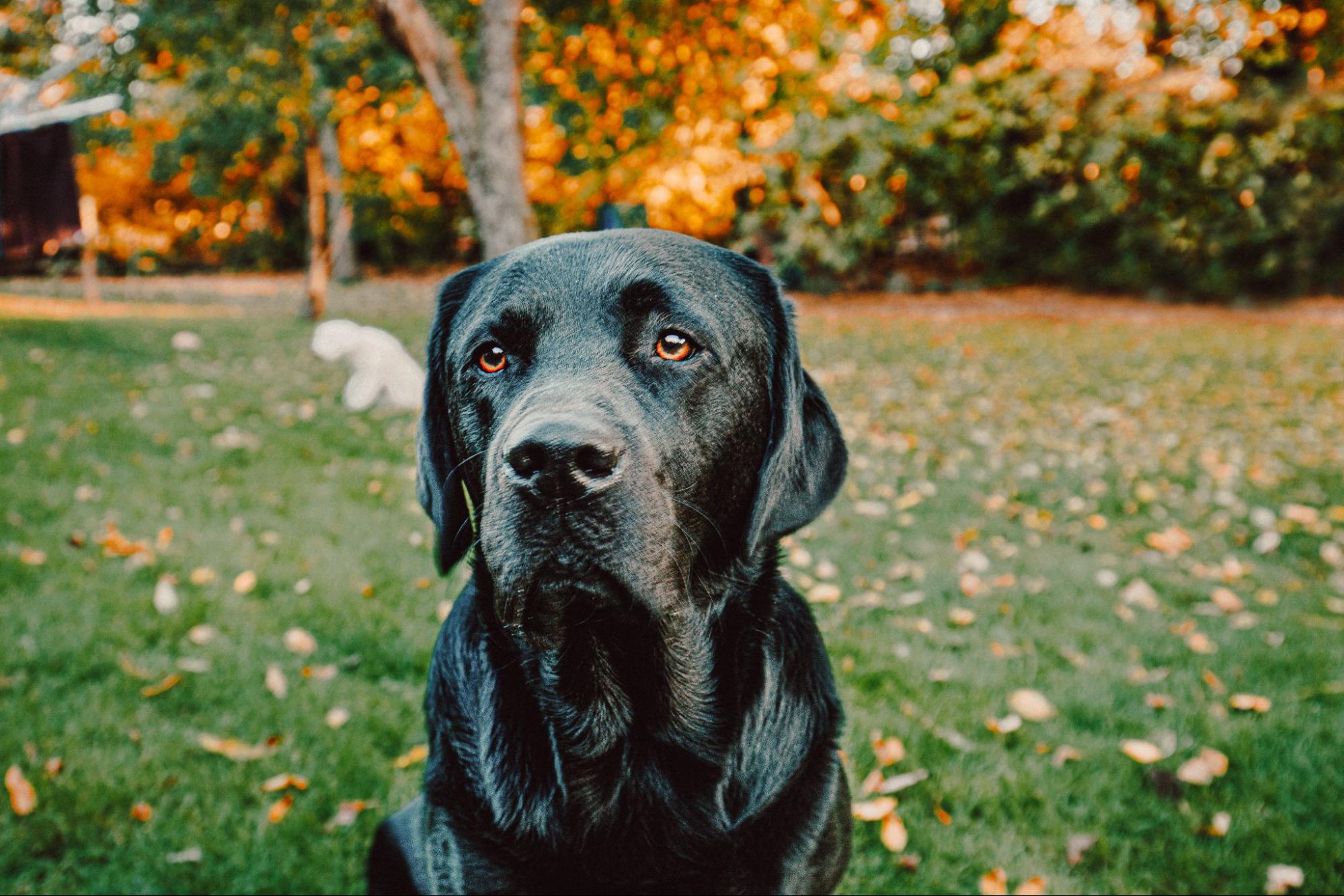How to Train a Reactive Dog
Do you have a reactive Labrador that’s been giving you a tough time? I’ve been there, and I know how overwhelming it can feel. But rest assured, it doesn’t have to be an uphill battle forever. With the right strategies and resources, training your reactive Lab can become manageable, even enjoyable!
Let’s start with understanding what “reactive” means in this context. In dog training lingo, reactivity refers to dogs who respond excessively to certain triggers – it could be other dogs, strangers, or even vehicles passing by. Reactivity can manifest as barking, growling, lunging – behaviors that make walks and social interactions stressful for both you and your furry friend.
Training a reactive dog requires patience and consistency above all else. You’ll also need effective techniques tailored specifically for reactive dogs. Luckily for us Labrador owners out there- there are plenty of resources available to guide us through this journey!
Understanding Reactive Dogs
Have you ever wondered, “What’s the deal with my Lab?” If your Labrador Retriever seems overly skittish, aggressive or anxious in certain situations, it’s possible you’re dealing with a reactive dog. It might seem overwhelming at first but don’t fret. With patience and consistency, you can train a reactive Labrador to be calm and composed.
Reactivity in dogs isn’t as uncommon as you’d think. In fact, it’s just their way of responding to stimuli that make them uncomfortable or fearful. The triggers could range from other dogs and people to certain noises or movements. Imagine if every time someone honked their car horn during your morning jog, you jumped into a karate stance ready to fend off an attacker; that’s how your pup feels!
So what does this mean for our four-legged friends? Well, when they encounter these triggers (think: that pesky squirrel outside the window), they may bark excessively, lunge or even try to run away – not exactly ideal behavior! But remember – it’s not about “bad” dogs vs “good” dogs; instead it’s about understanding their unique needs and responses.
Now let me clear up a common misconception: reactivity is NOT aggression. While some reactions might resemble aggressive behavior (like barking and lunging), it doesn’t necessarily mean your pooch is out for blood. They’re likely just trying to communicate discomfort or fear.
How can we help our reactive pups then?
- Spend quality time observing them: This helps identify specific triggers.
- Create safe spaces: Everyone needs somewhere they feel secure!
- Professional advice can be key: Don’t shy away from consulting trainers who specialize in reactivity issues.
Training a reactive dog takes time, consistency and heaps of love – but trust me when I say it’s worth every minute!

Identifying Triggers in Your Labrador
It’s crucial for me as a dog parent to understand what triggers my labrador’s reactive behavior. Just like humans, dogs have their hang-ups too and they’re unique to each individual pup. If you’re wondering how to train a reactive dog, the first step is indeed identifying these triggers.
A trigger could be anything that prompts your pooch to react adversely. It might be other dogs, certain people or specific situations. Let’s suppose your lab usually becomes aggressive when he sees another dog on his walk route – that’s a trigger. Or maybe he starts barking madly whenever the doorbell rings – again, it’s a trigger.
For instance, I’ve discovered several triggers for my own Labrador over time:
- Sudden loud noises
- The sight of skateboards or bicycles
- Strangers approaching directly
I noticed these patterns by observing my pet closely during our daily routines and interactions with others. Keeping track of any consistent sources of stress can really help in managing your Labrador’s reactivity.
In fact, once you’ve identified these triggers, you can start working towards desensitizing your pet to them using various resources for training a reactive Labrador available online and offline. From professional trainers to helpful books and videos – there are numerous avenues where you can seek assistance from.
Lastly, remember it’s not about eliminating these triggers altogether (that’d be nearly impossible!), but rather teaching your Lab new ways to respond when faced with them. This approach is critical in learning how to train a reactive dog effectively.